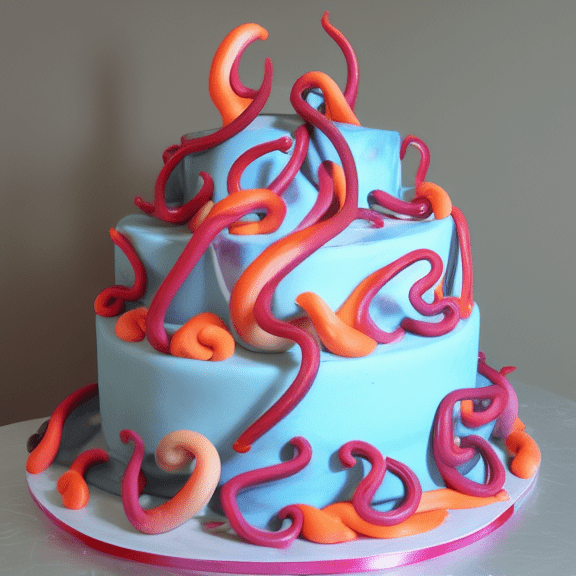Un libro che potrebbe essere interessante
Cookie Poisoning
Cookies are small files of textual data that a Web application writes on a client’s hard drive. The Web application can then reuse this data on subsequent visits to the site from that same computer. This allows the Web site to remember a visitor and offer him customized or personalized content based on the information stored in the cookie.
When people talk about cookie poisoning, it’s mostly in the context of session hijacking (another attack described later in this chapter). However, there’s much more to cookies than just session identifiers.
Cookies are delivered in four forms that are the combination of two settings: persistent or nonpersistent, and secure or nonsecure. The browser places persistent cookies on the client hard disk until their expiry date. In contrast, the browser destroys nonpersistent cookies (which are stored only in memory) as soon as it closes. The secure setting for a cookie, though, is a bit misleading. The cookie itself is not secured or encrypted in any way, but it is a directive to the browser to send this cookie only over secure transport, which is HTTP over SSL (HTTPS).
Although the data within a cookie is an obvious place to attack, cookies also have the ability to expire after a specified date. This functionality often ensures that users reidentify themselves after a period of time or sets some time limit on accessing a resource. For example, a credit report might be valid for only 30 days.




